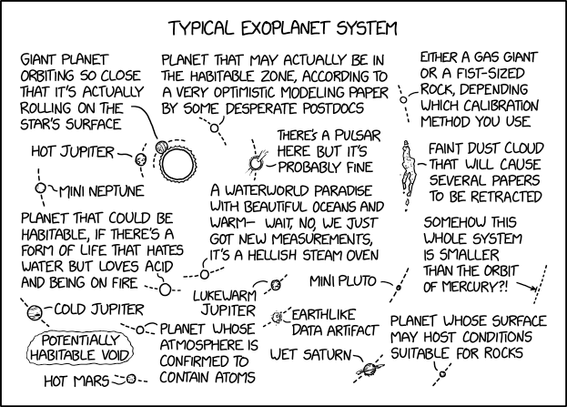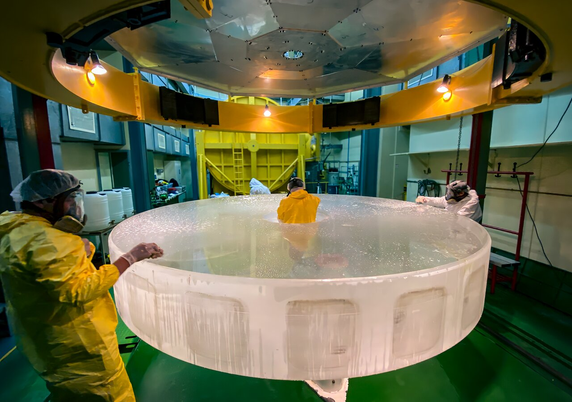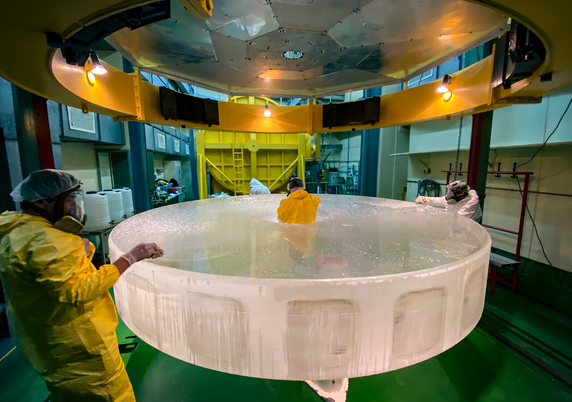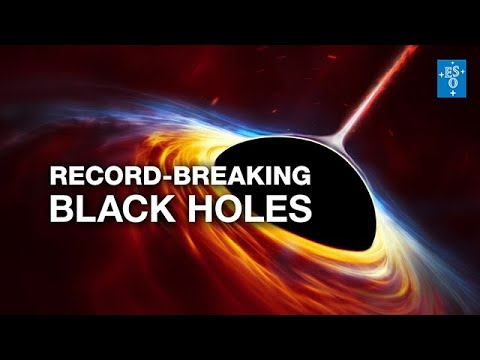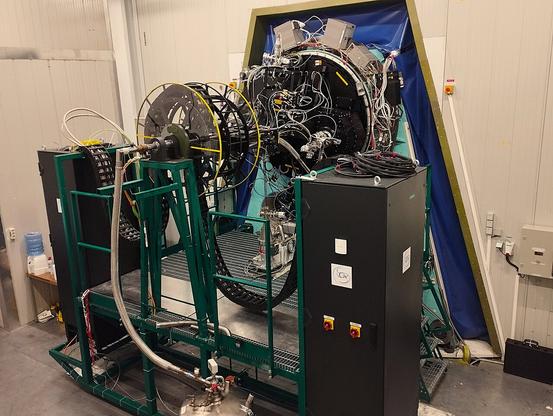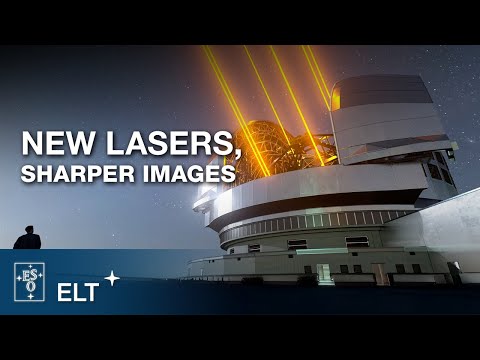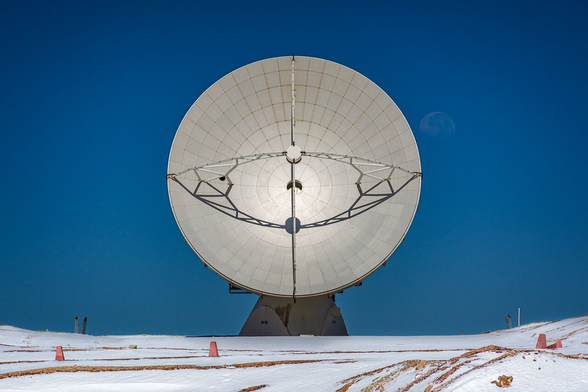Astronomers have created a galactic masterpiece. Using ESO's Very Large Telescope (VLT), they observed the Sculptor Galaxy in thousands of colours simultaneously 🌈
A galaxy’s building blocks — stars, gas and dust — emit light at different colours. The more shades of colour there are in an image of a galaxy, the more we can learn about its inner workings such as age, composition, and motion.
To create this ultra-detailed image of the Sculptor Galaxy, the researchers observed it for over 50 hours with the Multi Unit Spectroscopic Explorer (MUSE) instrument on ESO’s VLT. The team then stitched together over 100 exposures to cover an area of the galaxy about 65 000 light-years wide.
Discover more: https://www.eso.org/public/news/eso2510/
📷 ESO/E. Congiu et al.


